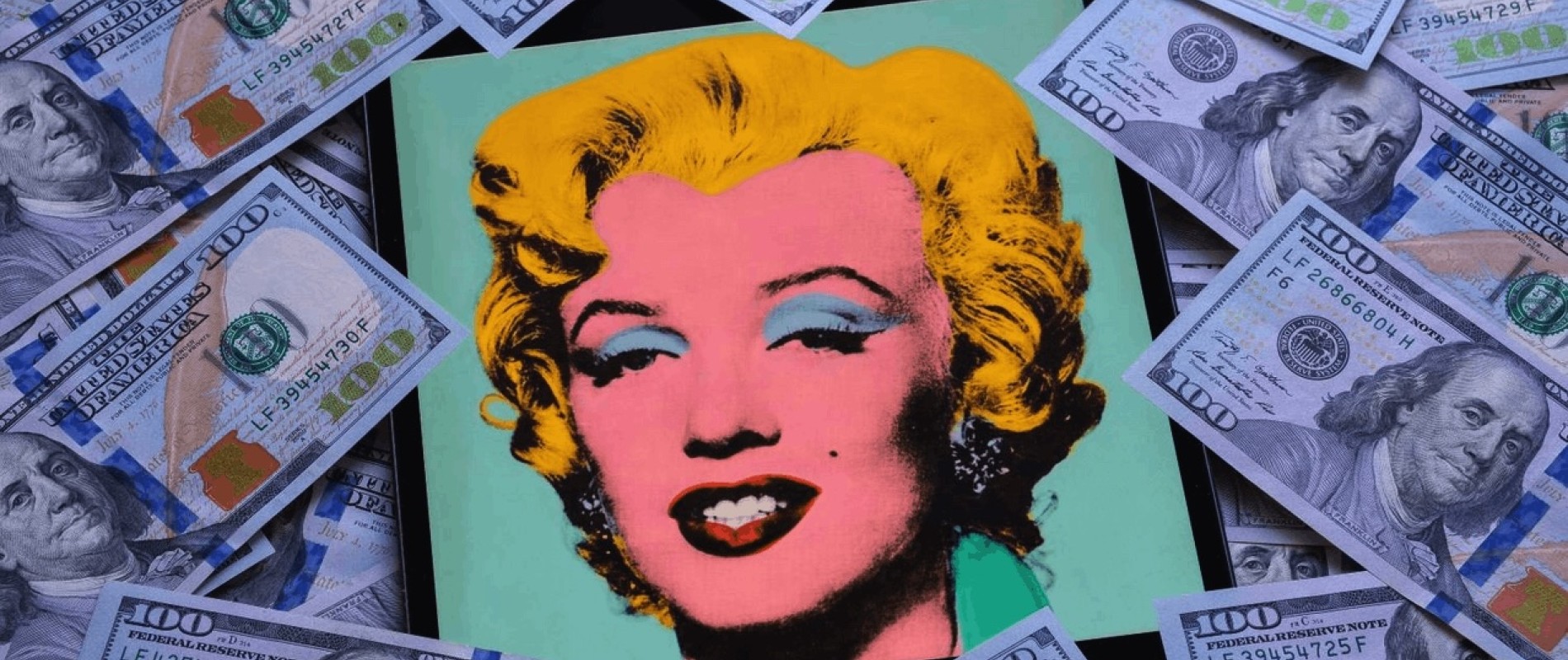There is a rebus in the art world of difficult resolution. And it is an exciting theme, extraordinarily important and decisive in the intersection between artistic production and its commercialization. I have known, for many years, artists, gallery owners, collectors. I interpret, on many occasions, the path, the fantasy, the scheme of the game. But they have, basically, a trait I would say common, in some ways irreplaceable. They see more or less constantly passing the money that circulates in the art world, without being able to keep it, engaged as they are in an infernal carousel that, paradoxically, puts everyone on the ropes.
The artist is the first stage of this process. She or he creates, produces sometimes with a certain anxiety the works but it is not an easy role. Creativity does not always help. Hence the birth of extraordinary compositional periods, mixed with more complex phases, fatally more linked to serial works, less demanding. But fantasy is a strange reagent. It inevitably leads you to isolate yourself, to carve your psyche with discomfort, sometimes to condition even your relationships and your difficult family choices. And then, there is the need to isolate yourself in a studio, to have objective expenses related to canvases, colors, pigments, realities that, even in light of these difficult years that passes through art, end up objectively limiting their income, creating a short circuit difficult to govern.
On a seemingly different level the gallerists, today engaged in a profound conversion that sees events limited to a minimum, with the need to strengthen their presence on the web, on TV, in specialist art magazines. A solid apparatus, not easy to manage on all platforms, necessarily expensive. Because the gallery owner also lives with works in custody, especially related to individual exhibitions, but also has a warehouse to be repainted constantly with new purchases, so as to conveniently stimulate the collector world or, perhaps, some colleagues interested in a current or a single artist. Here, then, a second subject that is constantly forced to reinvest to maintain a certain standard, with all the consequent economic problems of the case.
Collectors, at least in theory, should be the final terminal. We say they should because, especially in recent years, this figure tends to present itself in a different, new way. Buyer often but, if necessary, also seller in one of the hundred auction houses that, by now, mark the artistic traffic of the Peninsula. Here, therefore, another monetary turnover in the making, in which, however, the more important part remains tied to the acquisitions, with consequent economic imbalance.
I mean, the puzzle is right in front of us. If all the three categories, in order to hold up with dignity and be on the market, manage to retain a minimum part of their receipts, where does the money of art end up in the end? Why are very few people able to build strong positions? But above all, in what luciferin spiral disappear the millions of euros that this system overall produces in Italy?
Stimulating questions that do not claim to open a debate but require a simple observation, as perfidious as, in many ways, attractive.






















